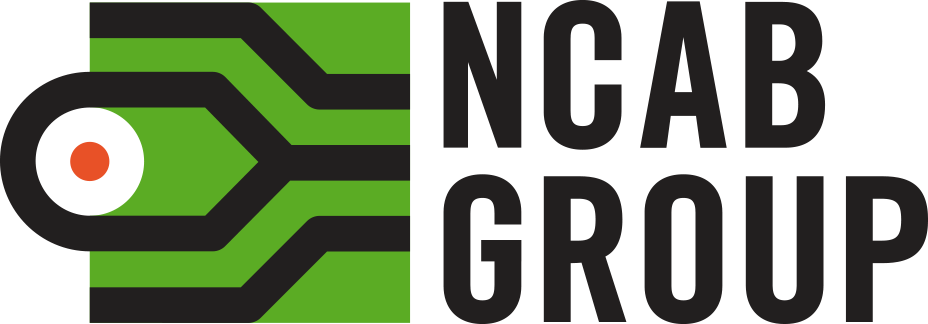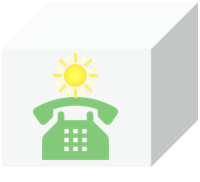Manuscript
Before we get ahead of ourselves, let’s first define the differences between a cold call, a warm call, and a hot call.
A cold call is trying to sell to an unknown person without knowing if there is a need. Let me give you an example: I am a window salesperson; I walk up to a house and see they have four brand-new windows recently installed. I ignore this and I proceed to knock on their door, asking if they want four more windows. There’s no need that I am aware of, but I pursue it anyway in the hopes that I might get lucky. This is a cold call.
A warm call is trying to sell to a qualified or validated person, likely having good reason to suspect that they have a need. So let’s develop this further. NCAB provides PCBs at the lowest total cost in high-reliability applications where failure is not an option. The customer uses PCBs in systems designed to warn personnel of gas leakages in safety-critical industries. We’ve identified a need and we’re offering a solution – this is a completely different process than a cold call.
And finally – a hot call is trying to sell to a person you know to have a very urgent need right now. For example, if a customer approaches us and says they require high-reliability PCBs because their current supplier has gone out of business, then this is a hot call. We won’t spend much time on this type of call because they’re usually a much shorter sales cycle, and the sales tend to be much easier – no help needed here, right? 😊
Now that we understand the differences between cold calls, warm calls, and hot calls, it’s clear to see why, at NCAB, we focus on warm calls and avoid cold calling. The benefits of understanding the differences between these types of calls is important as it allows us to approach warm calling in a much more positive manner. This is important, as it will be directly related to how successful you are on your warm calling journey.
Before you move on to lesson number 2, please review the difference between cold versus warm calling and relate it to your daily lives. The next time you or a colleague receives a call from an unknown supplier, think to yourself: “Was that a cold call or was that a warm call?” Did they know you had a need for their products or were they just assuming, making a guess, and trying their luck?
Now that you understand the differences between the types of calls, your appreciation for warm calling should be clear – that the person making the call has validated whether the other person has a need for their product and they’ve made the effort to research their company – that’s fantastic!
Again, do your research, and warm up that call!

